BitCraft Professions Guide
Last Updated:June 20, 2025|Changelog
Gathering and crafting professions are one of the major focuses of BitCraft. Almost every activity in the game is tied to one of the professions. Understanding the basics of each profession, as well as the stations and tools connected to them, is crucial for mastering this game.
This guide for the game is based on the information available in the BitCraft Demo. As development continues, you can expect new content and balance changes. Pin BitCraft guides to stay notified of future updates.
Station Overview
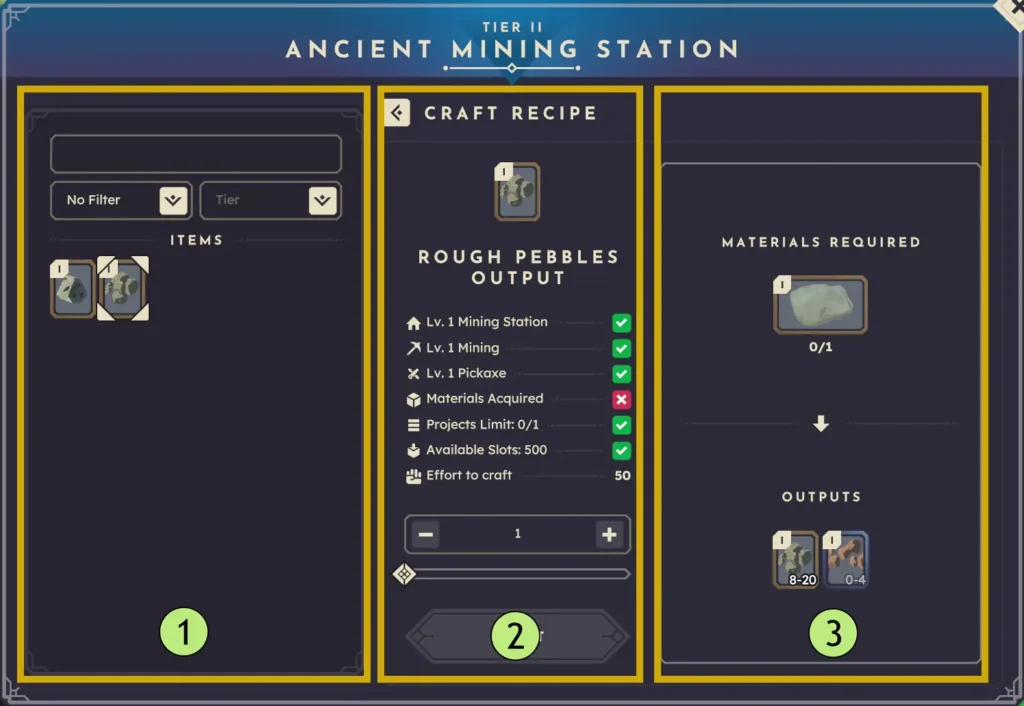
Stations are used to refine and craft new items using materials gathered by yourself or other players. For example, the Mining Station (shown above) has several key features:
- On the left side, you see the items you can craft using the selected station based on the recipes you’ve obtained. You unlock new recipes by gathering or crafting new items. So, as soon as you unlock a new recipe for an item, you should try to gather the materials required to craft it, as this may unlock additional new recipes.
- The middle section displays crucial information about the item you have selected to craft. (From top to bottom.)
- Lv.1 Mining Station: Required tier of the station to craft the item.
- Lv.1 Mining: Required profession level to craft the item. Additionally, this is the profession that gets experience when you start crafting it.
- Lv.1 Pickaxe: Required tool and its tier to craft the item.
- Material Acquired: This tells you if you have the required materials to craft the item.
- Project Limit: This is always set to a maximum of 1 for stations that require you to actively work on crafting the item. If it is a passive station that doesn’t require active work, this displays a higher maximum number. For example, the smelter is a passive station where you can start melting concentrates into ingots, then go do other activities and come back later to collect the finished ingots.
- Available Slots: This is the limit on how many players can use this station at the same time.
- Effort to craft: This number indicates how much effort is required to craft the selected quantity of the item. Higher tier tools provide more power, generally speeding up gathering and crafting processes tied to them.
- Slider to select the quantity of the item you want to craft.
- The right panel displays the required materials, along with the possible output items and their quantity range for the selected item.
Since passive stations don't require any manual labor, they won't provide any experience for the connected profession upon completion of an item.
Professions & Stations
Mining

Mining is mainly a gathering-related profession. You use the pickaxe as a tool to mine ores and stones and further refine them at the Mining Station.
Smithing
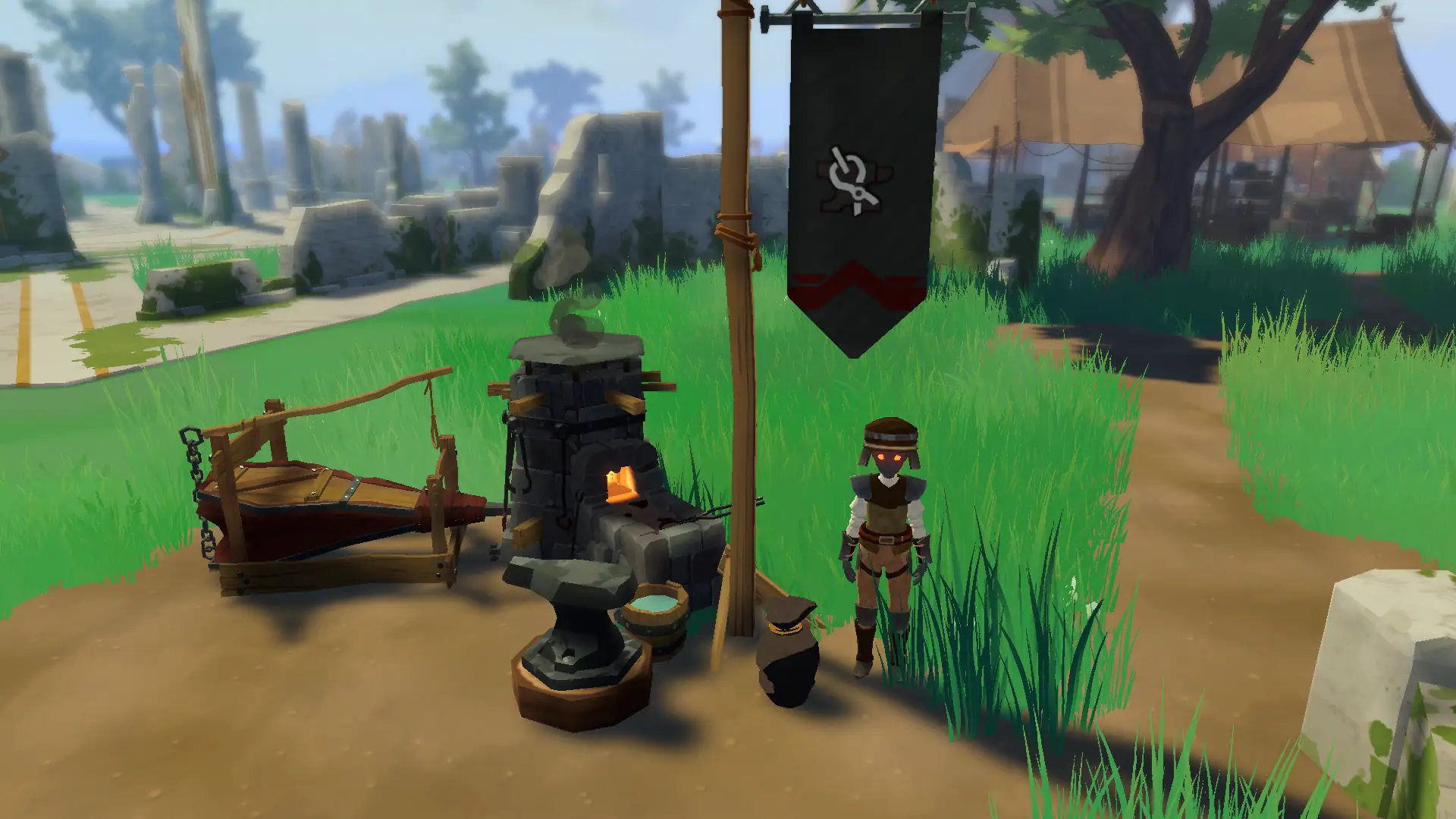
The hammer is used to create ingots, tools, and combat-related weapons & armor at the Smithing Station. Additionally, you can use the Smelter (passive station) to create molten ingots.
Check out the Smithing Guide to learn more about tool, weapon, and armor crafting!
Masonry
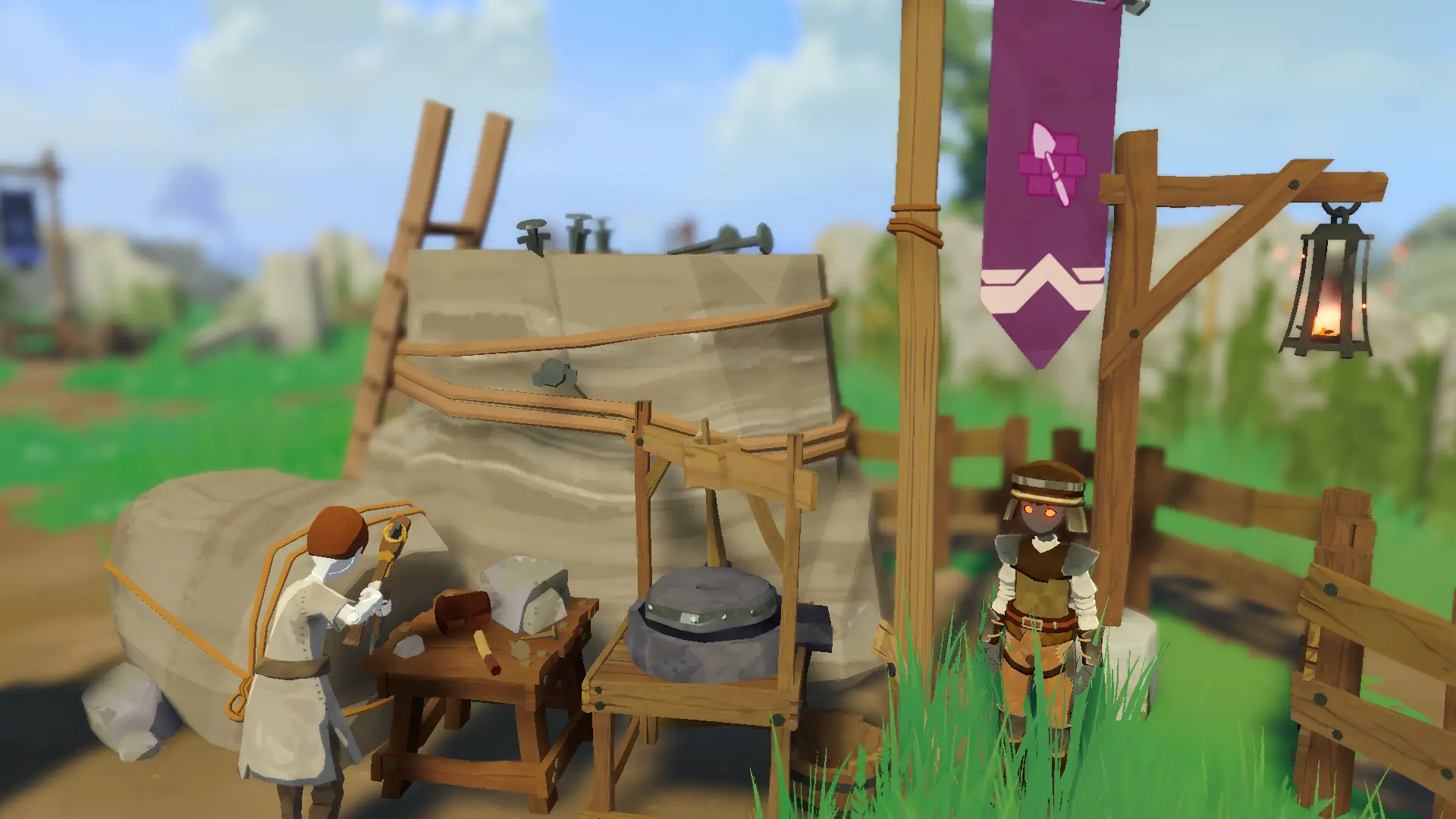
Uses the chisel to craft pottery, gems, vials, and jewelry at the Masonry Station. A lot of the ingredients required for this profession are made by using the Kiln (passive station).
Hunting
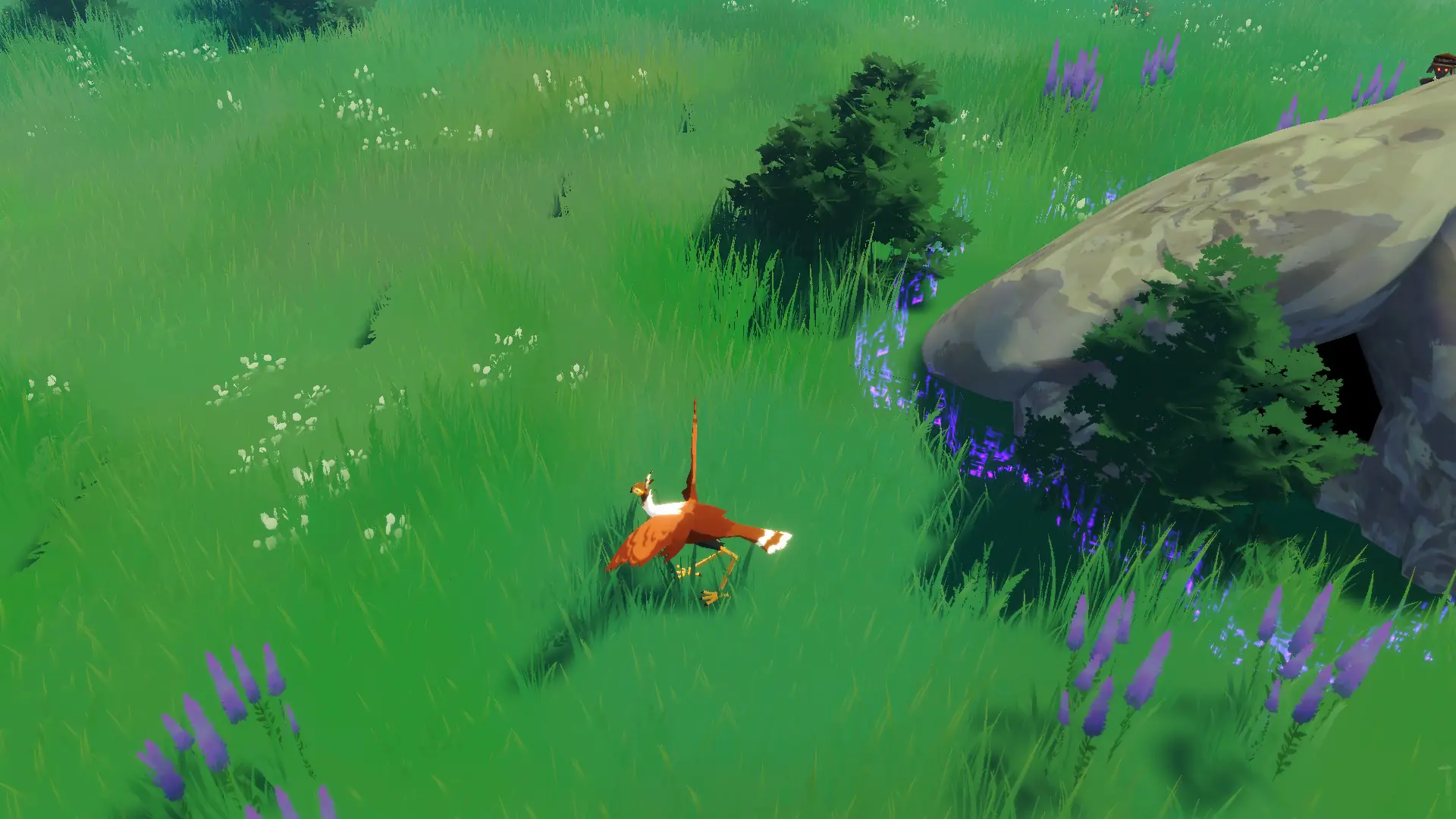
Hunt non-aggressive animals using the bow to salvage pelts, meat, and animal hair from them at the Hunting Station. These materials are essential parts required for other professions like Leatherworking and the Cooking skill.
Leatherworking
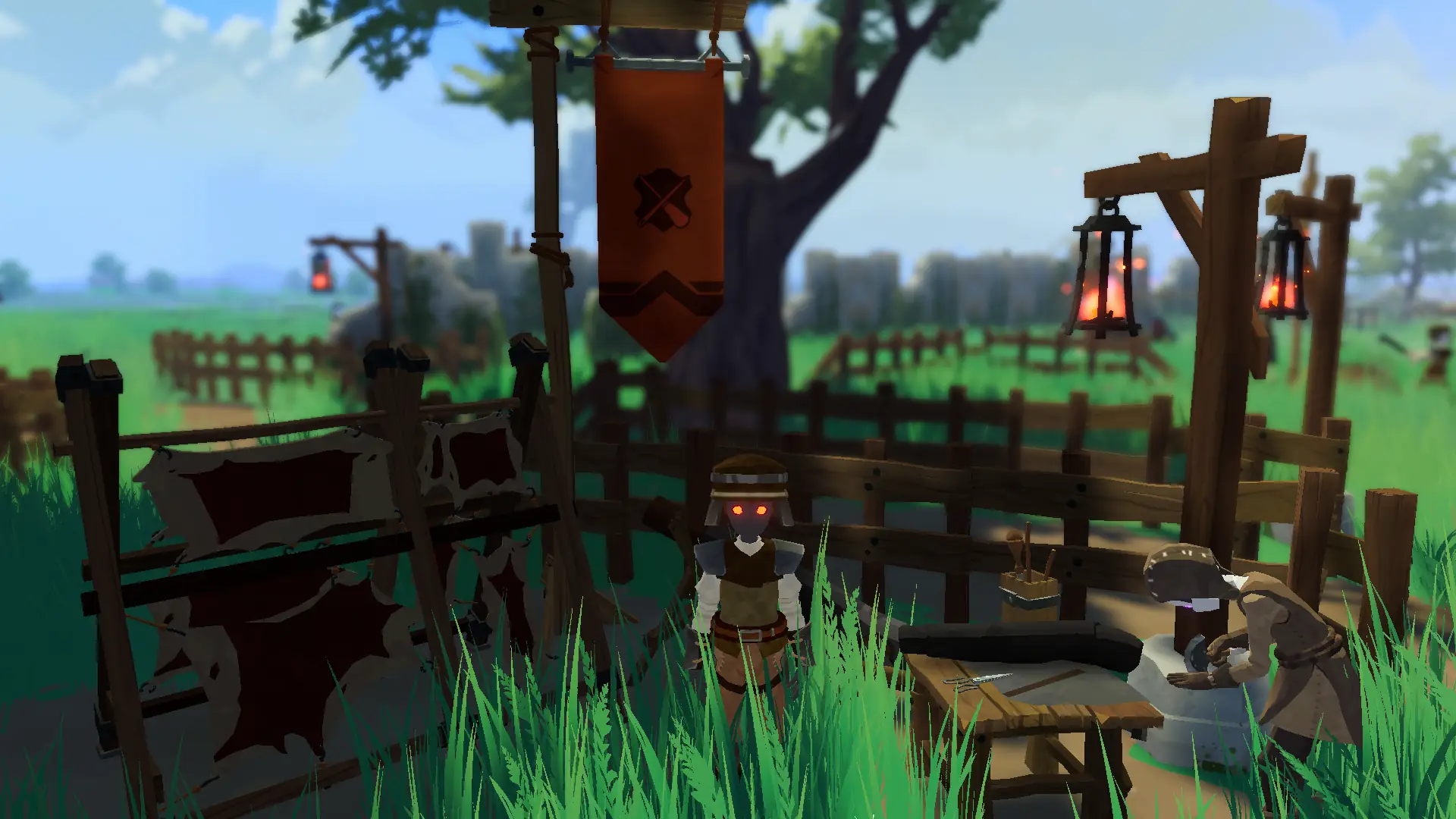
Use the Tanning Tub (passive station) and the Leatherworking Station to refine pelts and create leather using the knife as a tool. Furthermore, you can make leather clothing, which provides various benefits for gathering activities.
Check out the Leatherworking Guide to learn more about tool, weapon, and armor crafting!
Foraging
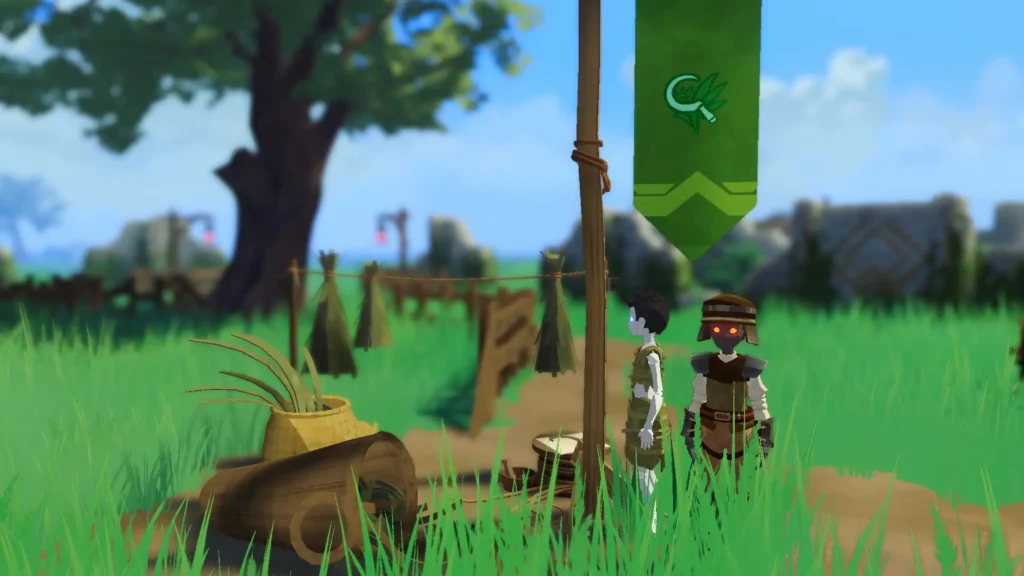
Foraging is a gathering-focused profession. By using the machete, you gather materials from plants, bushes, mud mounds, and Sand Piles. Some of these materials can be further refined at the Foraging Station for additional EXP.
Tailoring

Tailoring combines the items gathered and refined through the Foraging and Farming professions to make ropes and cloth clothing. The clothing made at the Tailoring Station and Loom (passive station) provides benefits to crafting-related activities.
Check out the Tailoring Guide to learn more about tool, weapon, and armor crafting!
Fishing

Fishing is another gathering-focused profession. You use the fishing rod in lakes, rivers, and oceans to catch fish. Process them further using the Fishing Station to create chum, baits, and other items used as ingredients in other professions. Or use those to make some delicious meals at the Cooking Station.
Scholar
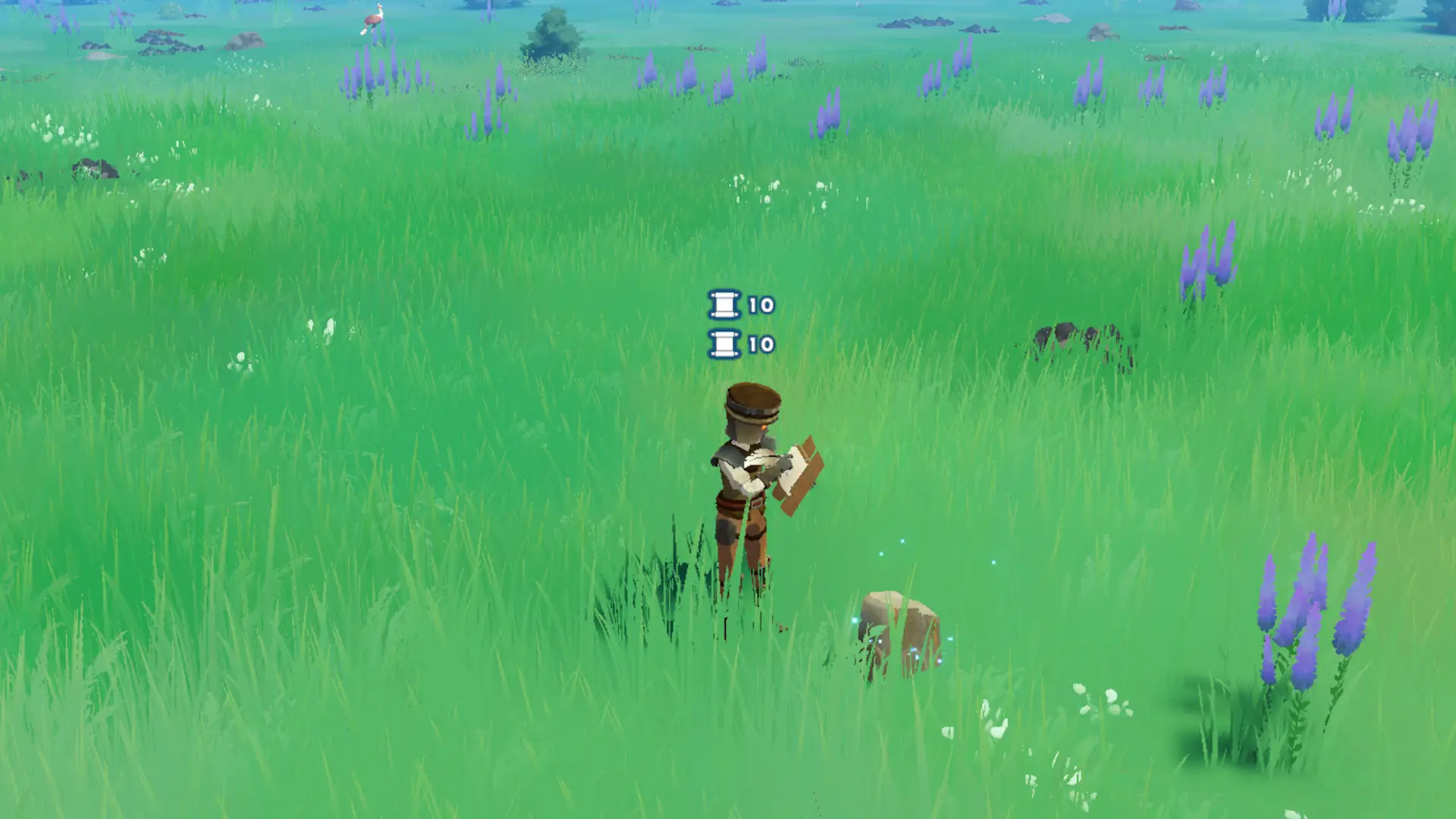
Uncover hidden knowledge by deciphering hieroglyph stones scattered around the world using the quill. Use them, along with materials made by other professions, to research and craft blueprints and potions at the Scholar Station. Additionally, you can create solvents, which are required to refine leather, metal, or wood.
Forestry
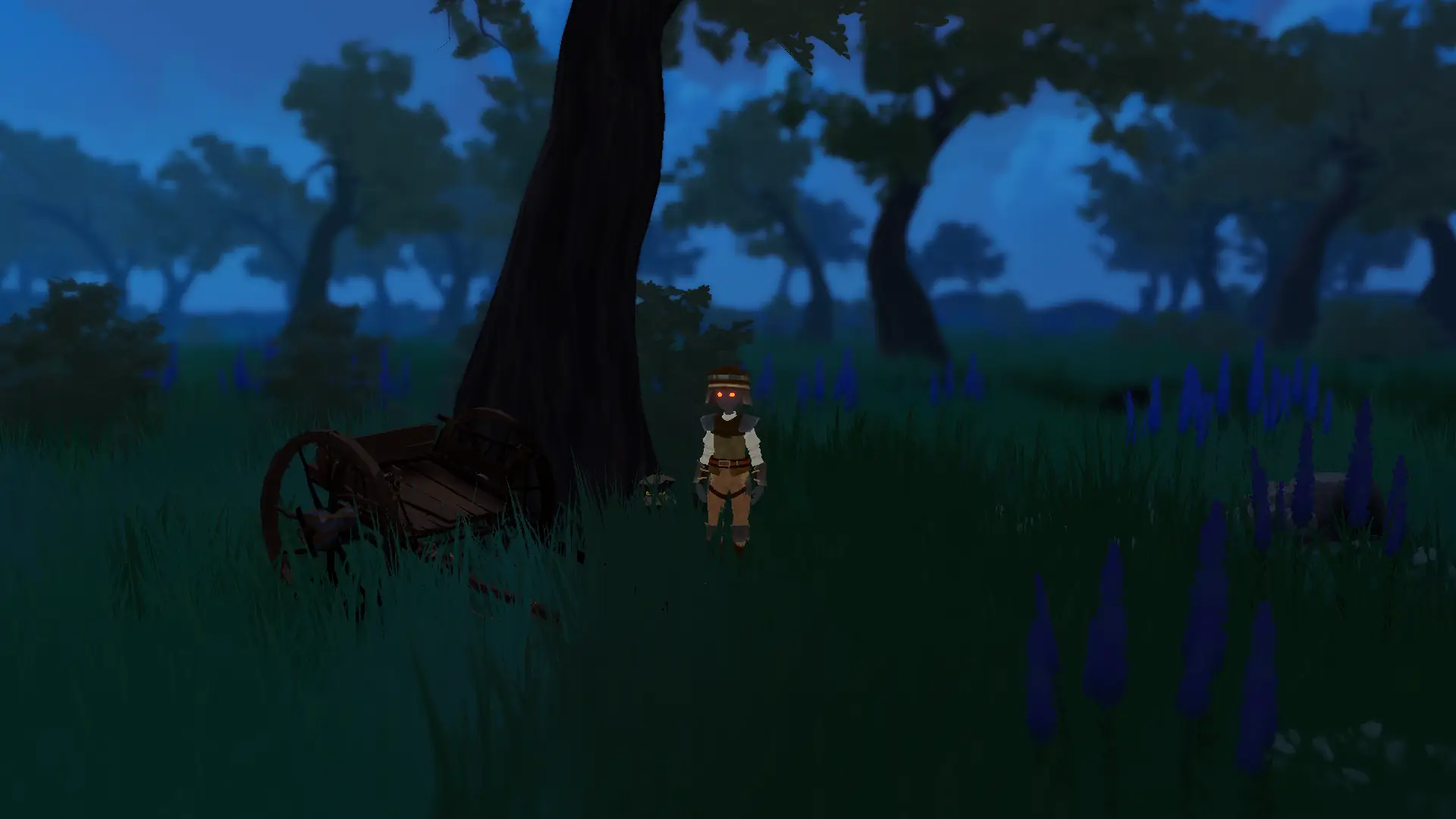
Chop down trees with your axe to obtain wood trunks and tree bark. These materials can be further processed at the Forestry Station into logs and refined tree bark.
Carpentry

Use the logs and barks processed at the Forestry Station to make timber, planks, and even carts and wagons at the Carpentry Station. These materials are essential for building and construction.
Farming
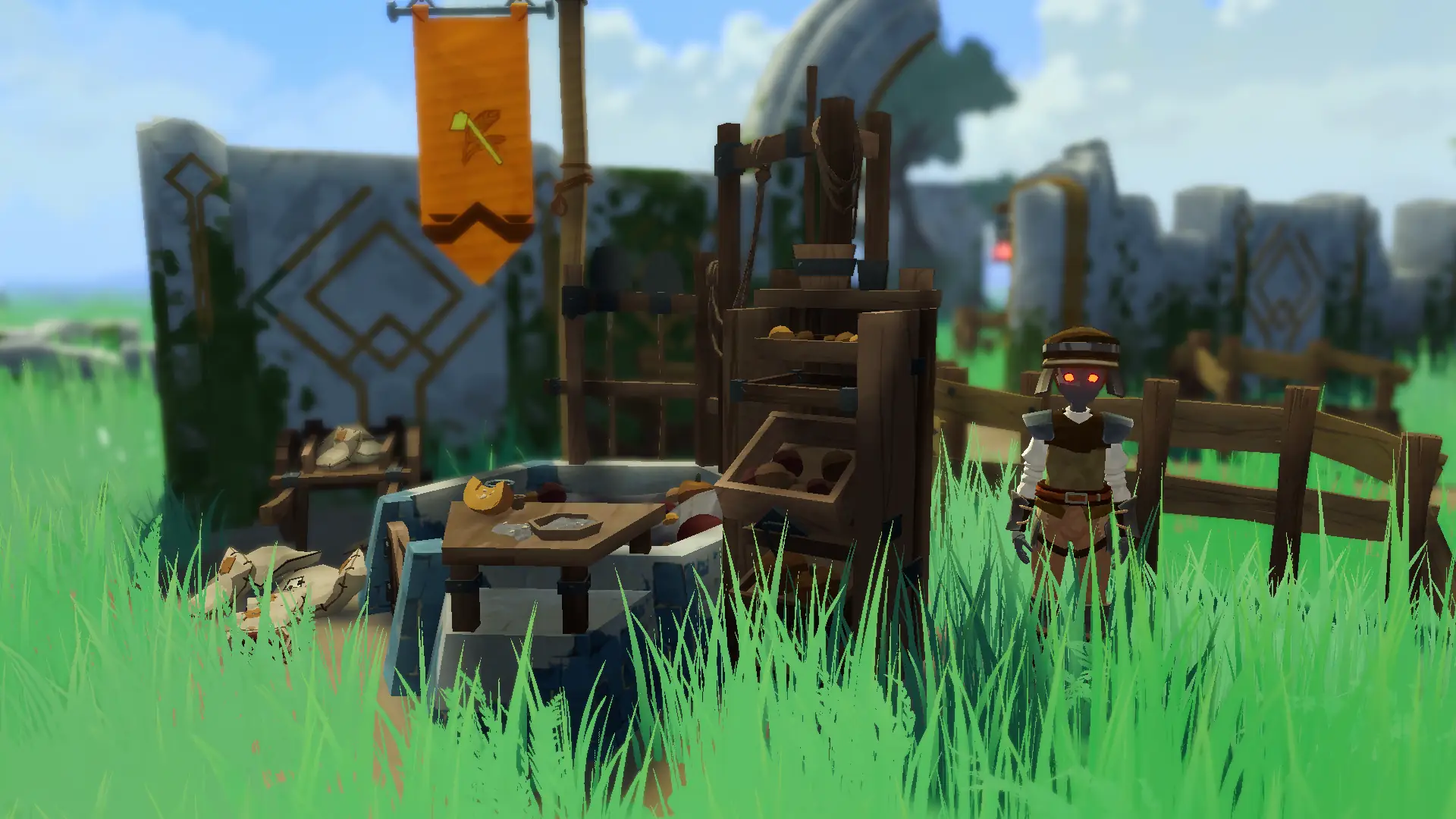
While foraging and farming, you might find various plant seeds. At the Farming Station, you can use the hoe as a tool to create fertilizer from food waste and other products. Combine the seeds and the fertilizer at the Farming Field (passive station) to cultivate plants. These plants are required as ingredients for other professions like Cooking and Tailoring.
Check out the Farming Guide to learn more about tool, weapon, and armor crafting!
Summary
- BitCraft emphasizes gathering and crafting professions, with nearly all game activities linked to specific professions.
- Players refine materials and craft items using various stations, each with unique requirements like tools, tiers, and effort levels.
- Passive stations don't require manual work but also don’t grant profession experience, while active stations require direct player involvement.
- Each profession utilizes specialized tools to gather and refine materials.
- Unlocking new recipes by gathering materials allows players to expand their crafting capabilities across different professions.
Credits
Written by: Perciculum
Reviewed by: Tenkiei